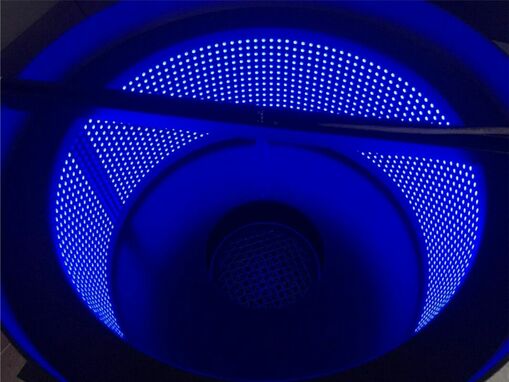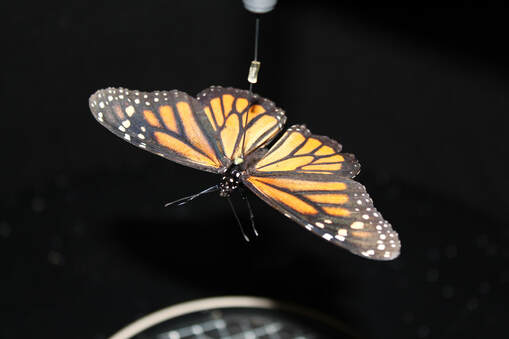Flight simulator experimentsTo unravel the mechanisms in which the butterflies use celestial and landmark cues, we use modified Mouritson-Frost-flight simulators. At the inner surface, the flight simulators are equipped with LEDs which allow to present a variety of cues to the butterflies. The animals are tethered to a mounting rod at the center of the flight simulator. This allows them to freely set a desired compass direction with respect to a visual scene.
We also use outdoor flight arenas that allow testing the butterflies under the real sky in Würzburg (non-migrating species) or in their natural habitat in North America (migrating species). SPECIFIC QUESTIONS
Participating SCIENTISTSA monarch butterfly in a flight simulator, the green LED was turned by 180° (movie: M. Franzke).
|
CONTACT
Dr. Basil el Jundi
Norwegian University of Science and Technology Institute of Biology | Department of Animal Physiology Gløshaugen | Realfagbygget | Høgskoleringen 5 7491 Trondheim | Norway Email: basil.el.jundi[at]ntnu.no |
More |

